Storage
Storage Technology
An interim storage is a storage method that spent nuclear fuels should be stored before reprocessing or direct disposal because spent nuclear fuels should be stored in a wet storage in a nuclear power plant or in a dry storage in a nuclear power plant site. The interim storage is divided into wet and dry storage. The wet storage was mainly used until the mid-1980's for its rich demonstrative experiences, but the dry storage has been widely adopted after 1990's due to its advantages for capacity expansion and long-term management.
Wet Storage
Spent nuclear fuels are stored on a stainless steel rack containing boron (Borated S/S) in a concrete storage tank with stainless steel lining. The decay heat generated from spent nuclear fuels is eliminated by a forced cooling method using a heat-exchanger, and the temperature of nuclear fuel claddings can be maintained at 30 to 40℃ to improve storage density. However, it has high operation cost due to cooling system and it generates secondary wastes.
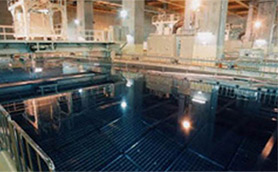
DRY Storage
The dry storage differs from the wet storage since it uses gas or air as a coolant instead of water and concrete or metal for a radiation barrier instead of water. Since operation cost and risk factors are insignificant when spent nuclear fuels are stored in the dry storage facility, it is known to be safer and more advantageous than the wet storage method in terms of cost and benefits.
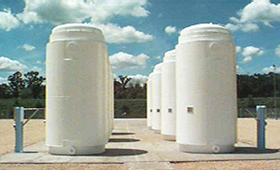 Metal Cask Storage
Metal Cask Storage
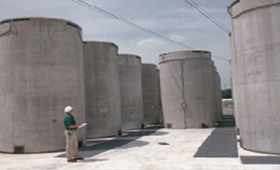 Concrete Silo Storage
Concrete Silo Storage
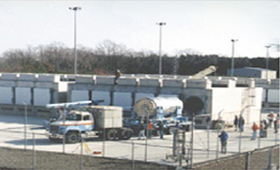 Horizontal Concrete Modular Storage
Horizontal Concrete Modular Storage
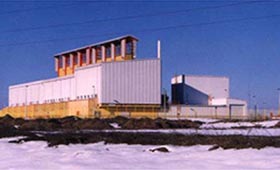 Vault Storage
Vault Storage










